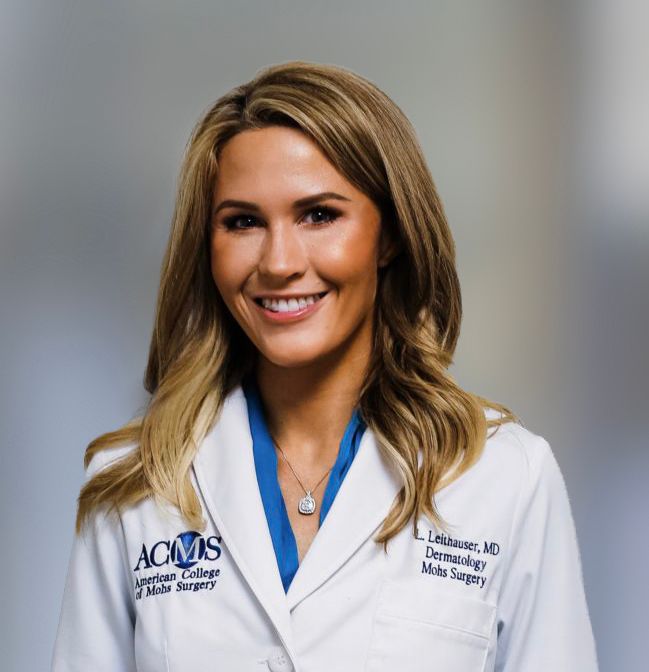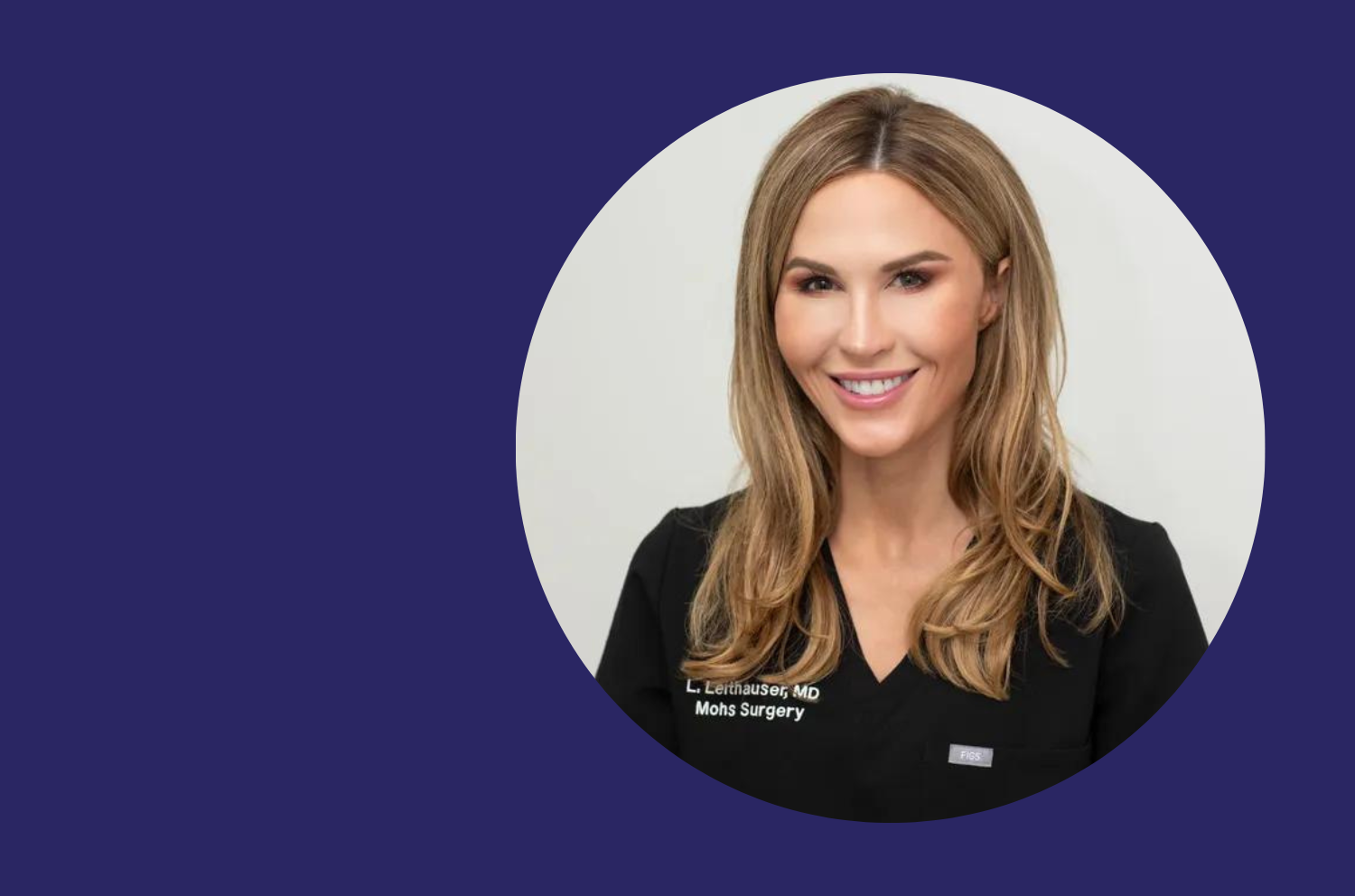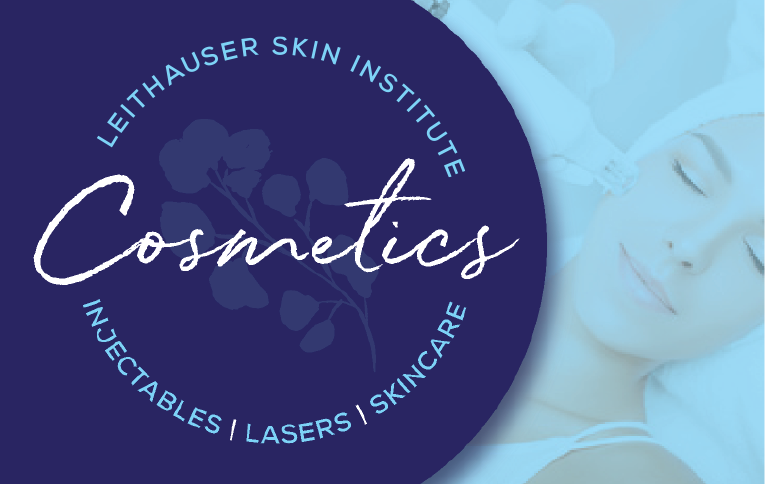MOHS Micrographic Surgery
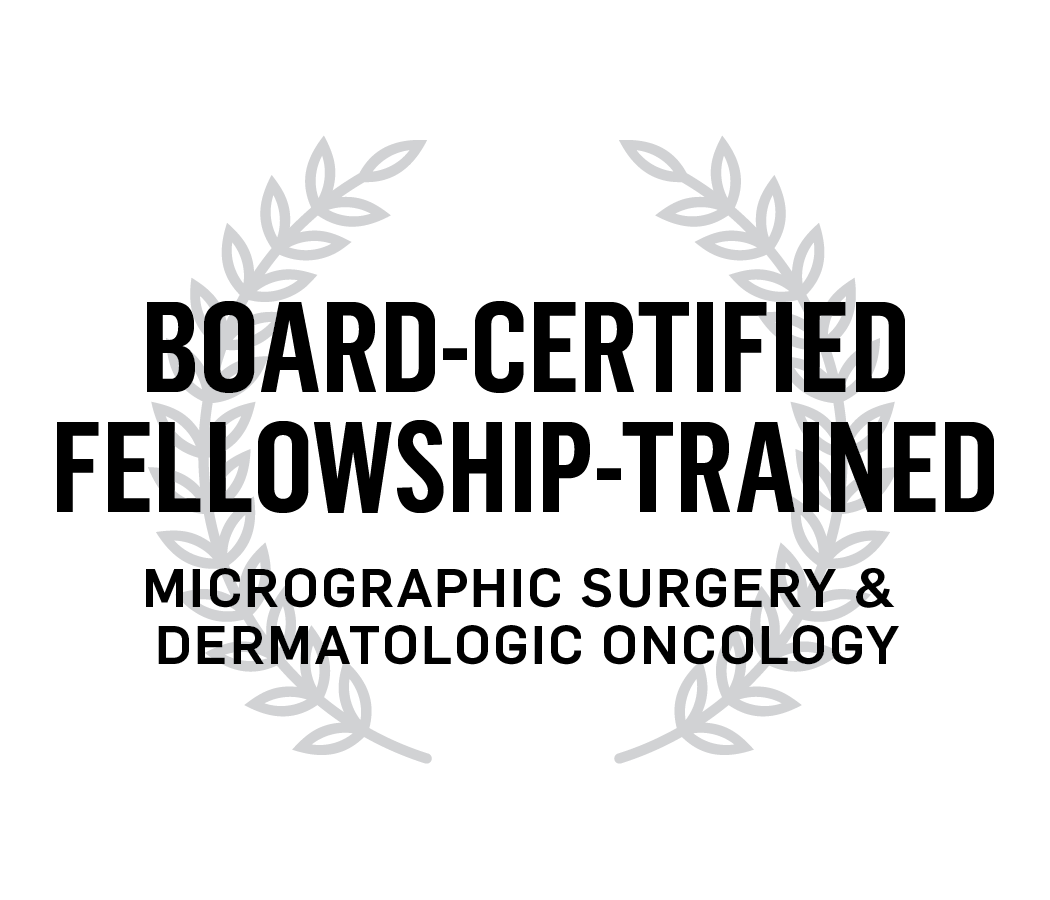

"The difference is training."
-American College of MOHS Surgery
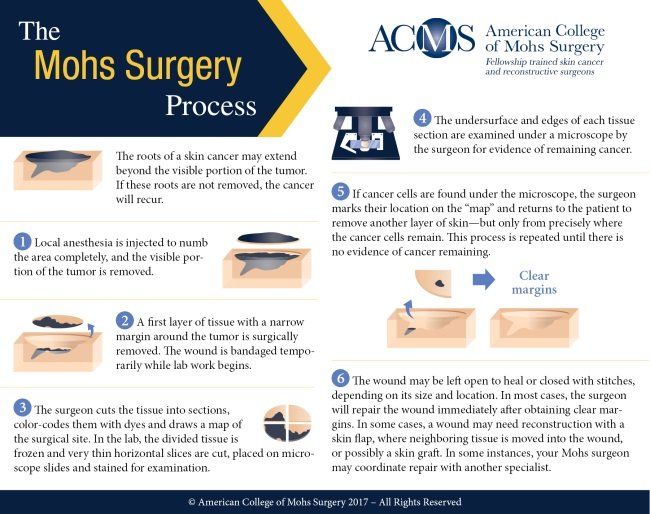
Mohs surgery is a tissue-sparing surgical technique named after its founder, Frederick Mohs, MD (1910-2002), who developed the procedure at the University of Wisconsin. The technique has been refined over the years and is currently considered the gold-standard of skin cancer care.
Mohs surgery has the highest cure rate of any type of skin cancer treatment: 97-99% for primary tumors and 94% for recurrent tumors. The cure rates of other methods are lower: 89.9 % for standard excision, 81-96% for destruction, and 91% for radiation. This high cure rate leads to fewer recurrences then any other method.
Mohs surgery is the standard of care when a tumor is in a cosmetically or functionally sensitive area (head, neck, face, hands, feet, genitals etc.), is recurrent, has ill-defined margins, or is large (> 2 cm) or aggressive.
The Mohs surgical procedure microscopically examines 100% of a tumor’s peripheral & deep margin, where traditional vertical sections (“breadloafing”) examine less than 10% of the margin. Standard excision takes guesses at where tumor margins are and excises sensitive tissue (3 mm – 5mm in each direction).
Because Mohs surgery removes one tissue layer at a time, the procedure preserves the maximum amount of healthy tissue, leaves the smallest surgical defect possible, and maximizes the chance of a good aesthetic result.
Mohs surgeons typically perform removal, pathology and reconstruction functions under local anesthesia in a single outpatient office visit, eliminating the need for expensive operating room time, general anesthesia, multiple hospital visits and multiple specialists. An extremely low recurrence rate ensures patients do not incur costs for additional procedures.
Mohs surgery is also efficient and cost-effective: one surgeon removes skin cancer, checks pathology and performs reconstruction. It is performed under local anesthesia, sometimes with a mild sedative if the patient desires. No need for general anesthesia, traveling to the hospital, additional physician or facility fees.
Why choose a fellowship-trained Mohs surgeon?
Being diagnosed with skin cancer can be frightening. It’s important to make sure you’re getting the best care from a physician who is specifically trained in treating your skin cancer with the most modern and advanced techniques: the “gold standard” of care – you need a fellowship-trained Mohs surgeon.
Only board-certified dermatologists may perform Mohs surgery, and only fellowship-trained Mohs surgeons like Dr. Leithauser have spent an additional 1-2 years of rigorous training after dermatology residency in advanced methods of skin cancer removal and facial reconstructive surgery.
Chosen through an extremely competitive review and selection process, fellows are required to complete an intensive 1 or 2-year post-residency ACMS fellowship training program. This extensive training includes participation in at least 500 Mohs surgery cases under the supervision of an experienced ACMS-approved Mohs surgeon.
American College of Mohs Surgery: ACMS
The American College of Mohs Surgery (ACMS) is a membership organization of more than 1,400 fellowship trained skin cancer and reconstructive surgeons specializing in the Mohs micrographic surgical technique used to treat skin cancer. The ACMS serves as the voice of the specialty, promoting and advancing the highest standards of patient care through fellowship training, research, education and public advocacy. The organization was founded in 1967 by Dr. Frederic E. Mohs, who pioneered the technique of removing skin cancer in stages, one tissue layer at a time, resulting in minimal damage to surrounding healthy tissue. The ACMS is the only organization that requires members to have completed an extensive one- to two-year fellowship training program after completing their years of residency training. Learn more at www.mohscollege.org.
Mohs with Dr. Leithauser
Dr. Leithauser has extensive training in the Mohs procedure and post-Mohs facial reconstruction. She has been practicing independently since finishing her Mohs fellowship in 2014 and has performed over 2500 Mohs surgeries during that time.
It is very important to Dr. Leithauser that patients be comfortable when they visit our practice. Because Mohs surgery often takes the better part of the day, we have a comfortable, separate waiting area for our Mohs patients and their families. The Mohs waiting area has recliners, a kitchenette, snacks, coffee, TV and blankets.

